Introduction
Crafting comprehensive and user-friendly API documentation is crucial for developers to effectively integrate and utilize APIs in their projects. The documentation should provide clear explanations, detailed information on endpoints, methods, parameters, and potential responses, and a logical flow of content. It should be accessible to both seasoned developers and novices, avoiding unnecessary technical jargon.
Organizing the documentation into digestible sections with subheadings and bullet points helps users quickly locate the necessary details and troubleshoot any issues. The significance of well-structured documentation is exemplified by platforms like GitHub and Spotify's Backstage, which demonstrate how clear and organized content enhances user experience and productivity. By following best practices and incorporating practical examples and real-world use cases, API documentation becomes a trusted knowledge resource that empowers developers to fully leverage the capabilities of the API.
The documentation should also cover important aspects such as security measures, error handling, versioning, and support channels. By adhering to principles of clarity, simplicity, and organization, API documentation becomes a valuable asset that guides developers through seamless integration and maximizes the potential of the API.
Why Effective API Documentation is Crucial
Comprehensive API documentation is akin to a user manual for a new laptop; it demystifies the functionalities and usage of an API, enabling developers to seamlessly integrate it within their projects and users to fully harness its capabilities. Effective documentation is marked by clarity and simplicity, ensuring that even complex concepts are accessible and understandable. It provides complete information on endpoints, methods, parameters, and potential responses, guiding users through the intricacies of the API.
For instance, GitHub's Docs team, which includes content writers, designers, and engineers, exemplifies the importance of well-structured documentation in supporting a large community of developers. Their work on docs.github.com showcases how clear and organized content can enhance user experience and encourage community contributions.
When crafting API documentation, the logical flow of information is paramount. Breaking down the content into digestible sections with subheadings and bullet points allows users to quickly locate the necessary details. This structured approach not only aids in comprehension but also in troubleshooting, as users can effortlessly navigate through the documentation to find solutions.
The significance of this practice is reflected in statistics from AI pair-programming tools like GitHub Copilot, which demonstrate substantial improvements in developer productivity across various metrics, including task completion time and code quality. Providing developers with AI-generated code snippets and relevant documentation prompts supports efficient coding practices and learning.
The challenges faced by platforms such as Spotify's Backstage, which include limitations in data models and manual data ingestion, highlight the need for robust and flexible documentation. By avoiding these pitfalls and focusing on user-friendly and up-to-date documentation, developers can circumvent inefficiencies and foster a more productive development environment.
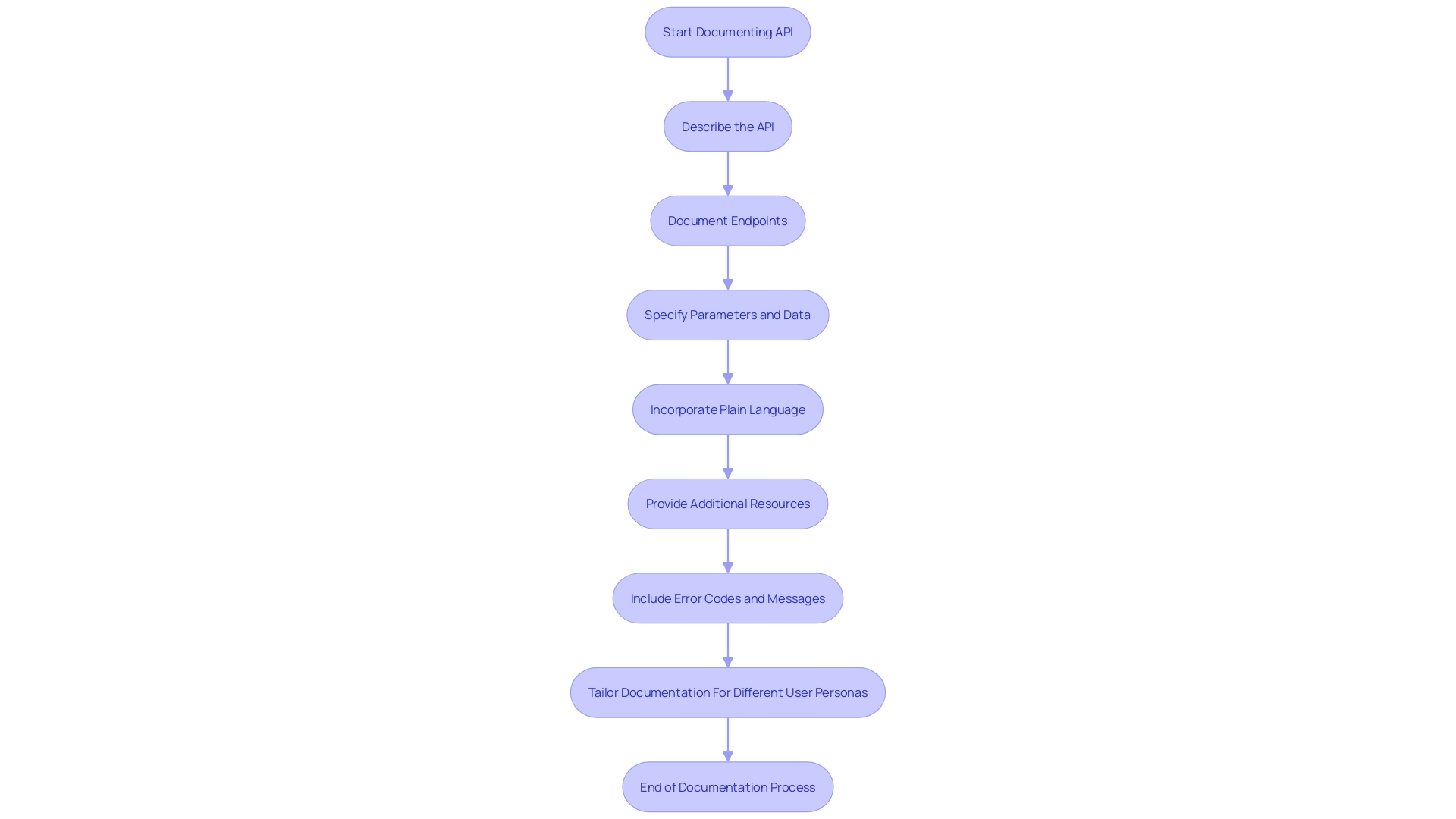
Identifying the Target Audience and Goals
For successful API documentation, the initial step is to pinpoint your intended audience and their objectives. Those utilizing the API may range from seasoned developers to novices, each with unique requirements. Your documentation must be accessible and understandable to them, which means avoiding technical jargon or, when necessary, providing clear explanations.
It's crucial to consider the logical progression of information, starting with foundational concepts and then expanding to more complex topics.
Organize your documentation into distinct sections, each with subheadings and concise descriptions that direct readers to the information they seek. Use bullet points or numbered lists to highlight essential concepts or instructions, facilitating quick and easy information retrieval. By doing so, readers won't need to wade through dense paragraphs to find what they need.
Remember, the first element users encounter is vital; it should immediately convey the benefits of your API and how to start using it. Think of your readers in terms of personas, which can help in crafting an onboarding experience that addresses their specific needs. A well-crafted documentation not only serves as a thorough instructional guide but also assists in quicker implementation and problem-solving, ultimately becoming a trusted knowledge resource for understanding the API's functionality.
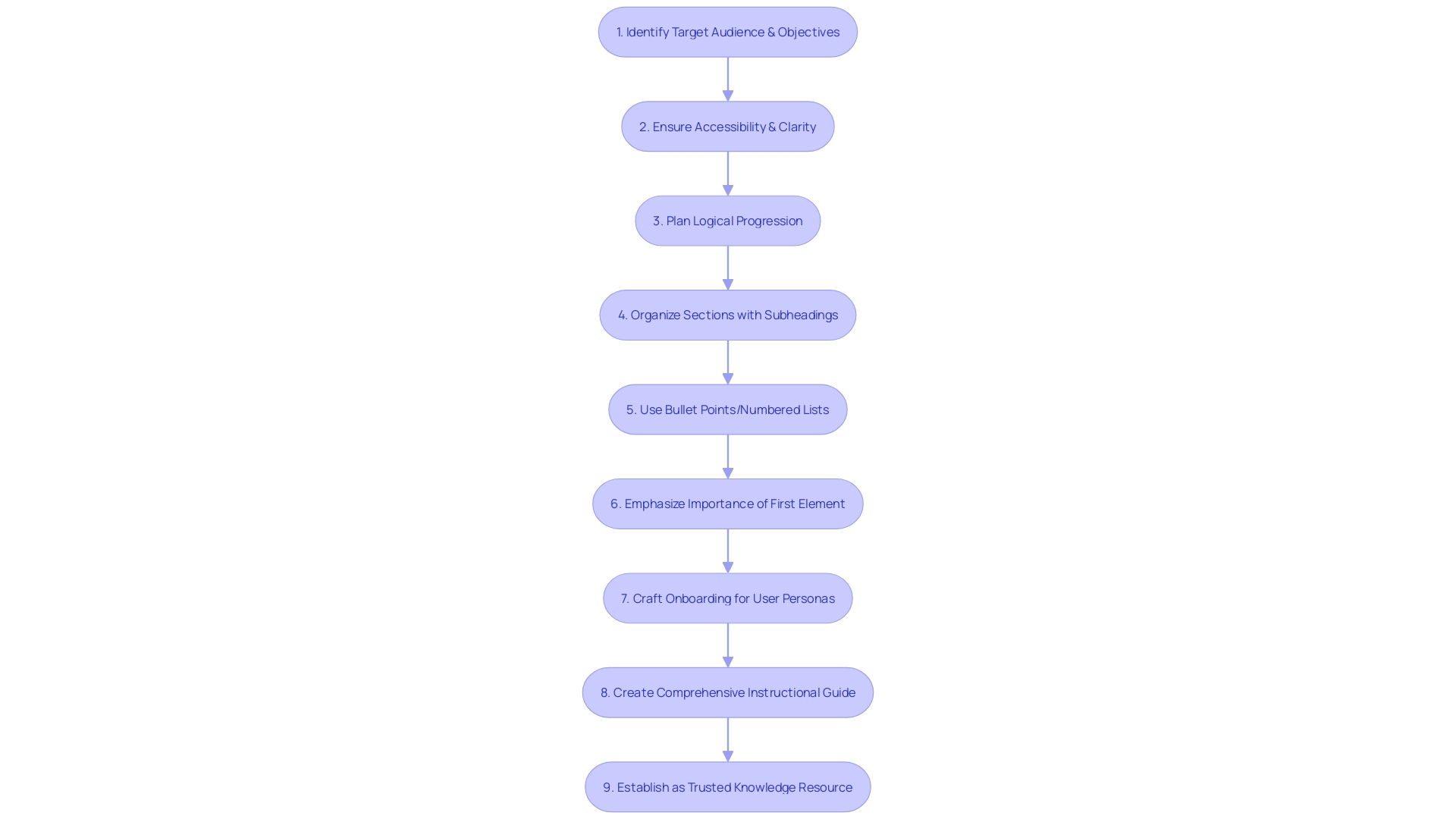
Research and Keyword Identification
Crafting stellar API documentation is akin to creating a detailed user manual for software tools, guiding users through the intricacies of APIs just like a manual would for a laptop's functions. The documentation should start with a compelling narrative that clarifies the API's purpose and the specific market need it addresses, answering the key question: What does this API offer? To enhance clarity, it's advisable to structure the content with headings, subheadings, and lists that categorize information into digestible sections, allowing for quick reference.
Focusing on the engineering aspect, having a background in technical fields can be beneficial, but it's not mandatory for producing effective documentation. The essential factor is to provide clear semantics and make a distinction between main narratives and additional information, ensuring content is accessible and useful for all users. This is supported by the fact that APIs have become foundational elements in modern software development, emphasizing the importance of good documentation that can evolve with emerging technologies and the growing significance of data.
Furthermore, it's vital to document every endpoint, method, parameter, and response exhaustively. This transparency helps new users familiarize themselves with the API and reduces the risk of confusion. By meticulously detailing each aspect of the API, from signup instructions to error codes, users can fully leverage the API's capabilities without feeling overwhelmed.
In conclusion, the key to creating impactful API documentation lies in the combination of a clear structure, comprehensive details, and a narrative that connects with the user's needs—ensuring that the documentation not only informs but also engages and empowers its audience.
Crafting a Compelling Title and Headings
To captivate developers and guide them through API documentation, the significance of titles and headings cannot be overstated. A title that immediately captures interest paves the way for deeper exploration. Headings serve as navigational beacons, leading users to essential information swiftly and efficiently.
Crafting these elements with precision is not just about aesthetics; it's about clarity and utility.
Consider the approach to documentation: is it manually written, risking obsolescence, or generated from code, ensuring synchronization with API controllers? Whichever method you choose, the goal is to mirror the user-friendliness of a device manual. An API, in essence, functions as a digital tool, requiring clear and accessible documentation for effective utilization.
Empathy is key in documentation writing. Ask yourself, could a novice grasp the terminology you've used? If there's any doubt, consider adding explanatory tooltips or links to a glossary.
This approach is exemplified by the Infobip API reference, which integrates educational links right where beginners need them most.
Your API's status and error codes are more than just system messages; they are a direct line of communication with your users. As such, they should be informative and meticulously maintained to ensure they remain relevant and helpful.
In the realm of technical content creation, web accessibility is paramount. Your documentation should be intelligible to a diverse audience, regardless of any challenges they may face. Best practices in web accessibility not only broaden your reach but also enrich the user experience.
Statistics highlight the importance of semantics in documentation, emphasizing the different roles of headings and body text. Engineering principles inform technical writing, suggesting that while a background in engineering isn't mandatory, it adds value to the craft. With the presentation landscape evolving, data from LLCBuddy underlines the need for precise and accessible documentation in our tech-driven world.
Structuring the API Documentation
Crafting API documentation is akin to creating a user manual for software interfaces, providing a critical roadmap for developers to navigate and engage with the API effectively. It's essential to furnish this documentation with not just technical details, but also with insights into the API's capabilities and practical use cases. To establish a clear and logical structure, consider segregating the material into distinct sections, each focusing on a different facet of the API.
For instance, initiate the documentation with an introductory segment that encapsulates the API's purpose and features. This is the juncture where potential users will first interact with your API, seeking to grasp how to commence utilizing your offerings promptly. A compelling product overview can captivate users by spotlighting a market need your API addresses, thereby distinguishing it amidst the multitude of APIs available.
Following the introduction, provide a selection of short, illustrative code snippets. These snippets are invaluable for elucidating common use cases, enabling users to envision how the API can be integrated into their own projects. Interspersed with these examples should be explanations of the API's underlying model and implementation nuances, which further demystify its operations.
As you delve deeper into the documentation, ensure each section builds logically upon the previous one. This flow guides users through a progressive understanding of the API, from basic to advanced concepts, without abrupt jumps or missing links in information. Utilize subheadings, numbered lists, and bullet points within these sections to break down information into digestible chunks, facilitating a smoother learning curve.
Moreover, it's beneficial to include a range of automated testing examples, which not only demonstrate the API's expected behavior but can also unearth any unintended behaviors. Users appreciate having these concrete examples at their disposal, as they can significantly enhance comprehension of the API's functionality. By adopting a black-box approach to testing, examples can be generated that pique user interest and convey a deeper understanding of the API, even in the absence of formal specifications or white-box information.
To wrap up, remember that the ultimate goal of your API documentation is to serve as a comprehensive guide that empowers users and developers. It should be a beacon of clarity, simplicity, and completeness, illuminating the path to successful API implementation and troubleshooting. With these principles as your foundation, your API documentation will not only be informative but also engaging, fostering a seamless user experience.
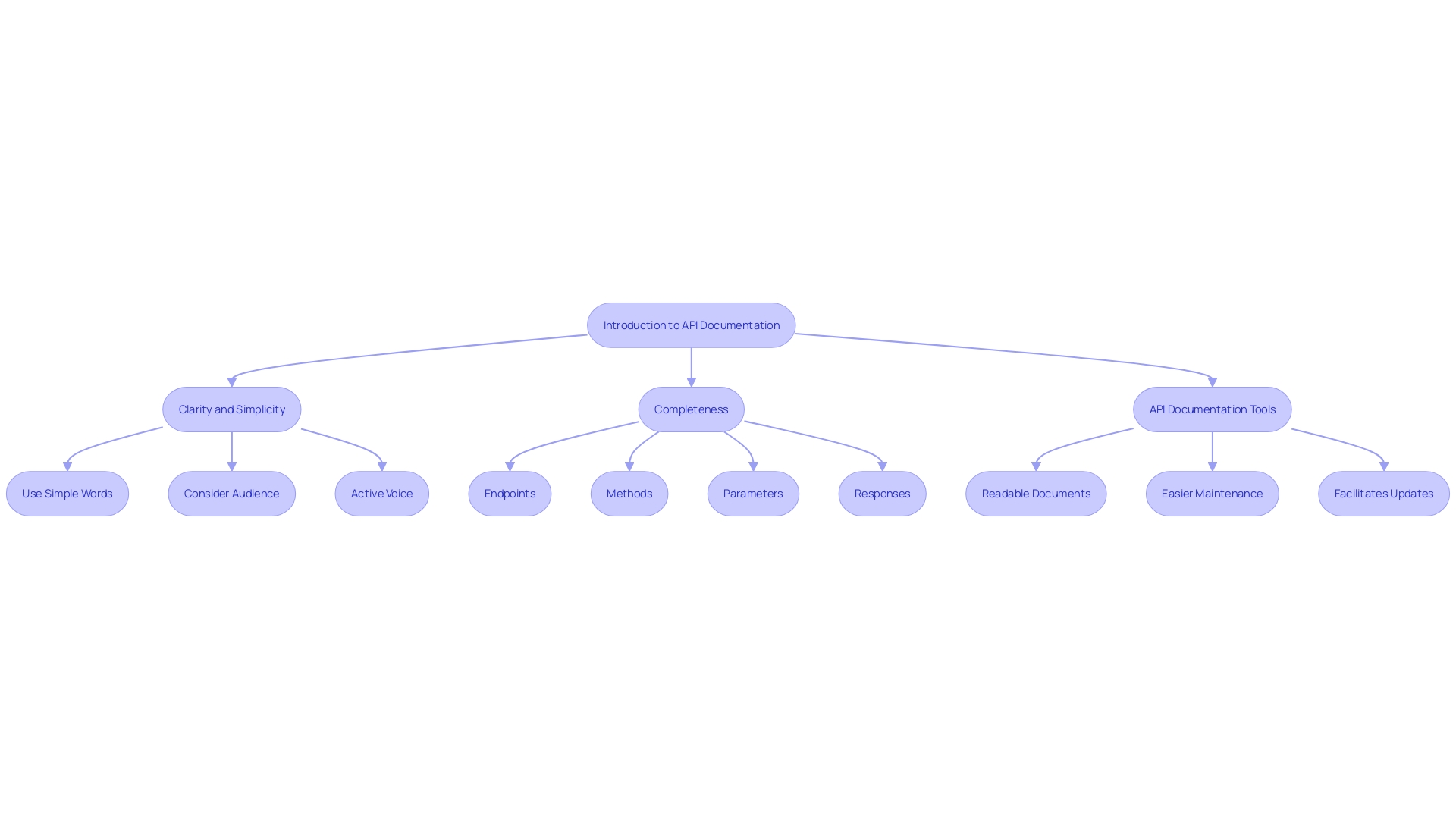
Overview of the API
Crafting an effective API documentation overview is akin to providing a user manual for your API—a crucial tool that equips users with the understanding of how to employ the API to its fullest potential. At its core, the overview aims to address the fundamental question: What unique value does this API provide? With thousands of APIs available, it's crucial to articulate how your API resolves specific market needs, thereby differentiating it from the competition.
The overview should be meticulously structured, beginning with a clear and concise narrative that encapsulates the API's main story. It should exemplify clarity and simplicity, steering clear of perplexing jargon or, if necessary, demystifying it with clear explanations. A comprehensive coverage of the API's capabilities is imperative, detailing endpoints, methods, parameters, and potential responses.
Employing a code-first approach, such as DSLs that generate documentation directly from API controllers, can ensure that the documentation remains in sync with the API's current state, avoiding the pitfalls of manually-written documentation that quickly becomes outdated. This strategy not only enhances the accuracy of the documentation but also makes it less tedious for both the creator and the consumer.
Incorporate a logical structure to the overview with distinct sections or chapters, each with subheadings and lucid descriptions to guide users. Utilize lists or bullet points to present key concepts, ensuring that users can effortlessly locate the information they seek. This methodical organization helps build a solid foundation of knowledge, upon which more complex details can be progressively added.
To truly resonate with your audience, consider the different user personas that might interact with your API. By tailoring the documentation to meet the needs of these various cohorts, you provide a personalized experience that can significantly improve user onboarding and engagement.
Remember, APIs are hailed as the 'crown jewels' of software development, with Google emphasizing their role in enabling developers to construct more intricate and potent applications. As new technologies emerge and big data reveals more insights, APIs' significance in fostering innovation and collaboration has never been greater. Take the example of the Google Maps API, which has revolutionized the way businesses interact with location data, showcasing the transformative power of well-integrated APIs.
Getting Started with the API
A well-crafted 'Getting Started' section is the linchpin of effective API documentation, designed to swiftly guide developers through the initial setup process. It serves as the on-ramp to API integration, offering a clear, step-by-step tutorial that covers essential tasks from acquiring the necessary credentials to making the inaugural API call. By prioritizing a logical sequence, this section ensures that developers encounter a frictionless introduction to the API, fostering a quick transition from setup to actual use.
To foster clarity, it's advisable to segment the documentation into distinct subsections, each focused on a particular aspect of the API. Use headings and succinct descriptions within these subsections to shepherd users through pertinent details. Numbered lists or bullet points can effectively distill complex concepts or steps, aiding users in pinpointing the exact information they require promptly.
Remember, the 'Getting Started' section is not just about instructions; it's about storytelling. It's vital to articulate the unique value your API delivers, addressing the fundamental query on every developer's mind: what can this API accomplish for me? By weaving in examples that resonate with real-world scenarios, you can demonstrate the API's capabilities and its relevance to solving actual market needs.
In essence, the 'Getting Started' section should be a beacon of simplicity, exemplifying the ease with which developers can engage with your API. By equipping them with practical examples and a coherent narrative, you pave the way for a seamless and productive developer experience.
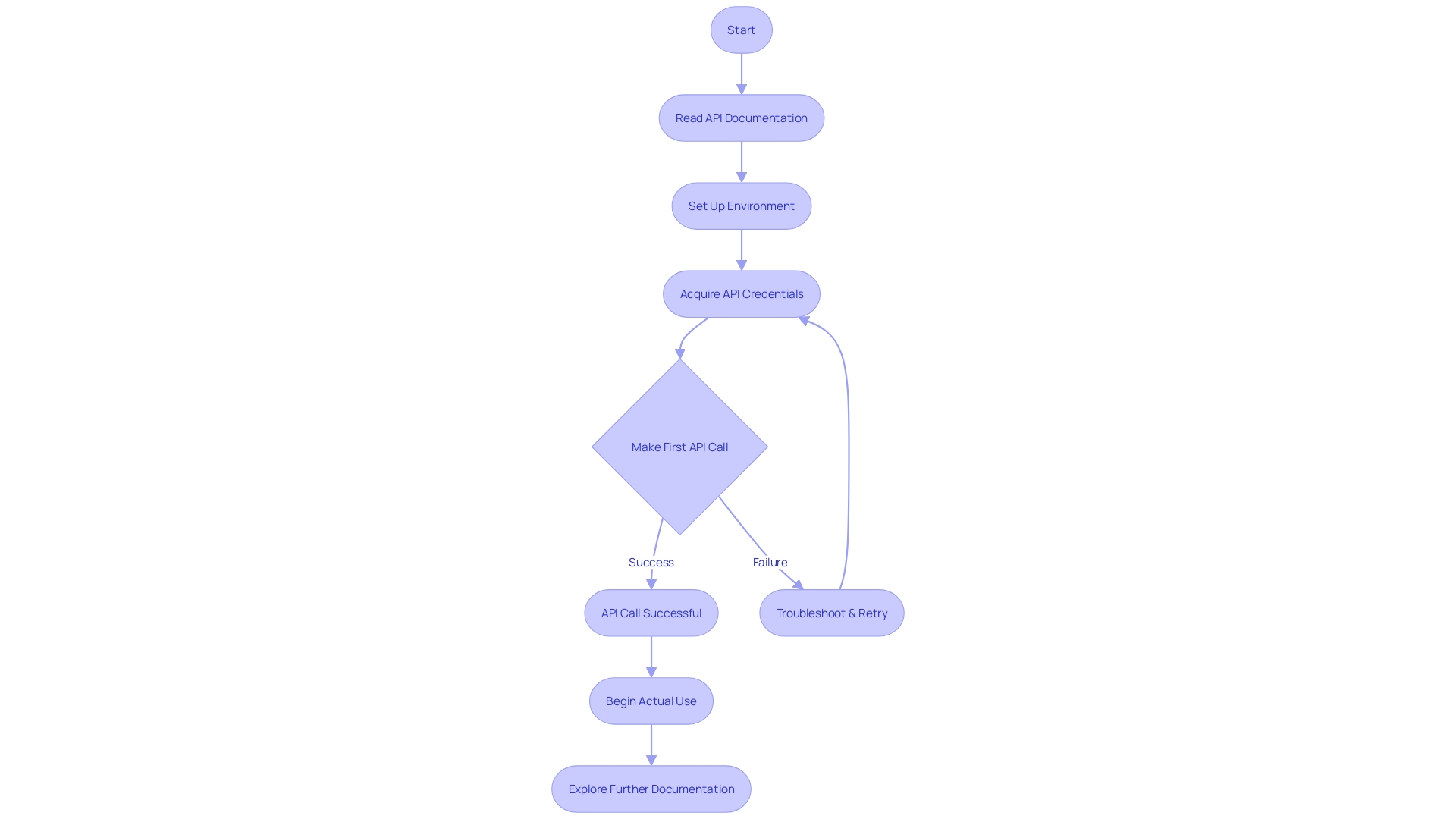
API Endpoints and Methods
Crafting API documentation is akin to providing a user manual for software integration, akin to how a user manual helps operate a laptop. The 'API Endpoints and Methods' section is the cornerstone of this manual, detailing each endpoint with its corresponding HTTP methods. It elucidates the endpoint's function, the requisite parameters for a request, and delineates the anticipated response structure.
This section is instrumental in equipping developers with the knowledge to interface with the API effectively.
A well-documented API serves as a lifeline for developers, streamlining understanding, implementation, and troubleshooting processes. It should be characterized by:
- Clarity and Simplicity: Clear, straightforward language is paramount. Technical jargon should be used sparingly and, when necessary, accompanied by definitions.
- Completeness: A comprehensive overview that includes detailed information on endpoints, supported methods, parameters, and expected responses is essential.
In practice, documentation might start as a manual process, with developers documenting endpoints post-implementation, resulting in static guides that quickly become outdated. However, embracing a code-first approach that employs Domain-Specific Languages (DSLs) can generate up-to-date documentation directly from API source code.
The significance of API documentation is further underscored by its role as a facilitator of digital experiences. With APIs being described as the 'crown jewels' of software development by industry leaders like Google, their importance is undeniable. They serve as translators between software, enabling complex, powerful applications through seamless integration.
When considering how to present this information, it's useful to keep in mind the narrative of the API. Thousands of APIs exist, and the primary question for users browsing your API is what unique information it provides. Addressing a specific market need or problem can set your API apart.
Statistics reveal that APIs are foundational to modern software development, fostering collaboration and innovation across industries. The documentation is not just a static artifact but a dynamic, vital resource that should evolve alongside the API it describes. As such, regular updates are crucial to maintain its relevance and utility.
Quotes from experts suggest that the first encounter with an API documentation should quickly inform potential users about the benefits and how to start interacting with the API. Good documentation thinks of new users in terms of personas, guiding them through a seamless onboarding process to access those benefits.
Case studies, like that of Microsoft and SmartBear, illustrate the role of active communities in shaping an ethical, technology-driven world. These cases highlight the social responsibility of creating accessible and responsible documentation as part of good corporate practices.
To sum up, the 'API Endpoints and Methods' section is more than just a list; it is the blueprint for successful API interaction, shaped by clarity, completeness, and continuous updates, reflecting the ever-evolving landscape of software development.
Request and Response Formats
Understanding the structure and format of API requests and responses is crucial for developers to integrate and utilize APIs effectively. For instance, Payment APIs, which manage the intricate flow of transactions in the digital marketplace, offer a clear example of how vital this understanding is. These APIs not only handle transactions between customers and businesses but also facilitate B2B and peer-to-peer payments.
The 'Payment Object' in the API response is a critical component, typically including details such as the transaction amount, currency, country, payment type, and customer ID.
To effectively communicate with an API, developers must be familiar with the request and response formats, which are akin to the user manual provided with a new laptop. Just like the manual instructs users on operating the device, API documentation guides developers through the intricacies of software interaction. Quality API documentation is indispensable, as noted in a recent report highlighting that 78% of cybersecurity teams have encountered an API-related security incident in the past year.
Comprehensive documentation not only aids in the implementation but also in troubleshooting and ensuring the security of API interactions.
Moreover, clear and detailed API documentation is essential for delivering structured and actionable error messages, thus preventing the confusion that arises from inconsistent error formats. With the right documentation tools, developers can create and maintain documents that are both readable and user-friendly. This enhances the overall developer experience, empowering them to quickly grasp how to start interacting with the API and benefit from its functionalities.
A good documentation features clarity and completeness, covering all necessary information such as endpoints, methods, parameters, and expected responses. These elements are crucial for developers to fully understand an API’s capabilities and integrate them seamlessly into their own systems, ultimately contributing to the efficiency and productivity of their operations.
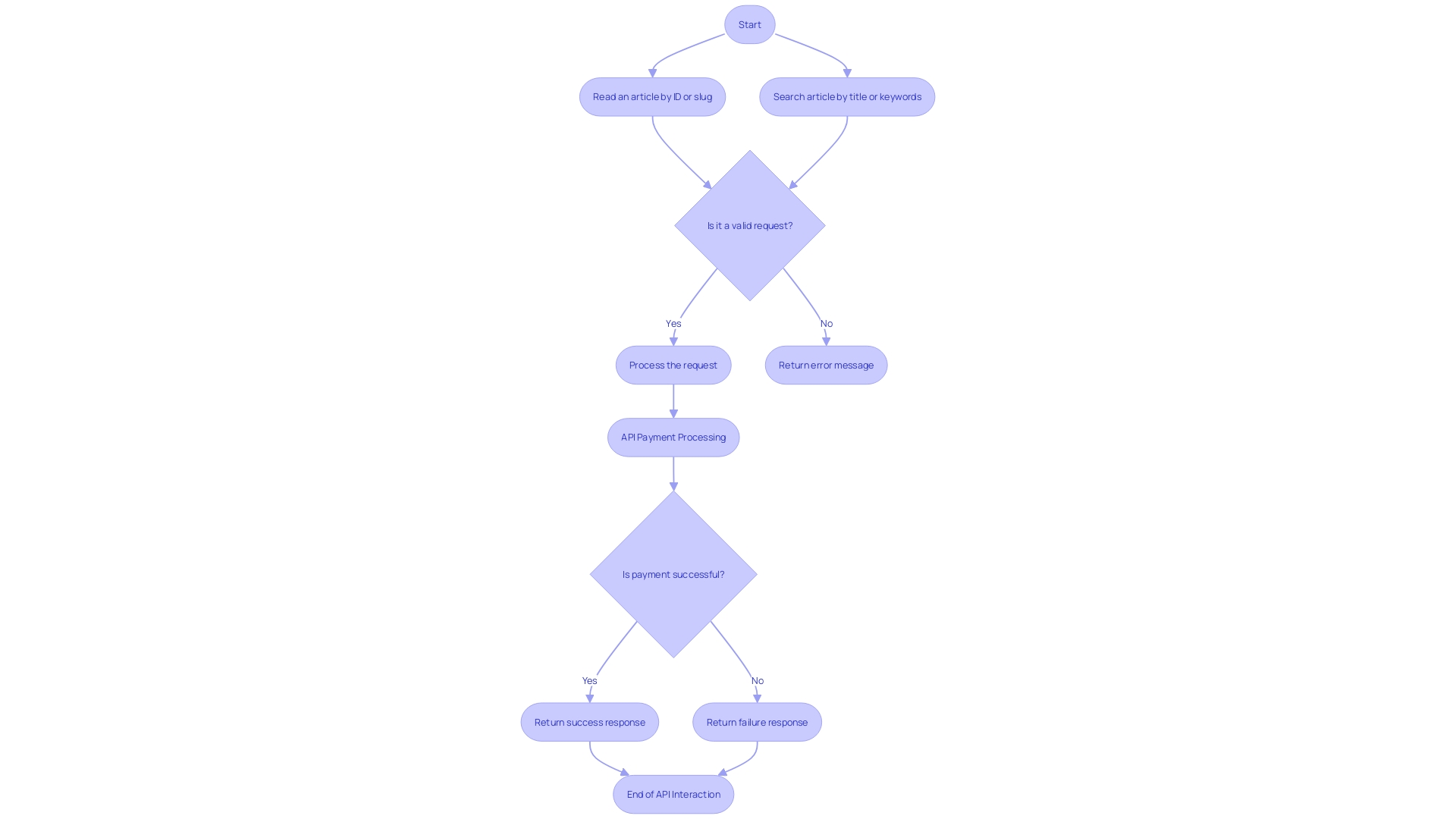
Error Handling and Troubleshooting
Understanding and addressing API errors is a critical component of the developer's experience. This 'Error Handling and Troubleshooting' section is designed to demystify the errors that might arise during API interaction. It includes a clear presentation of error codes and messages, alongside actionable troubleshooting strategies.
A cornerstone of effective error resolution is clarity. Developers must be able to decipher what each error code signifies. Therefore, error messages are crafted to be self-explanatory, guiding developers towards a solution.
In cases where further explanation is necessary, direct links to detailed documentation are provided, ensuring that even those new to the field can follow along with ease.
To exemplify the importance of clear error communication, consider the modern web's inherent unpredictability. Errors are inevitable, but their resolution hinges on the clarity and actionability of the information provided. This section embodies that principle, offering structured and informative guidance that empowers developers to take corrective action.
The section draws on best practices, reflecting on the collective wisdom of the developer community. For instance, the Infobip API reference sets a precedent by linking complex concepts to external resources, ensuring that developers of all skill levels can troubleshoot effectively.
This approach is bolstered by insights from recent trends in API testing and maintenance, which emphasize the need for regular updates to error messages, ensuring they remain relevant and understandable.
In conclusion, the 'Error Handling and Troubleshooting' section is more than just a list of potential issues; it's a comprehensive toolkit designed to foster a smoother development process, reduce frustration, and encourage successful API integration.
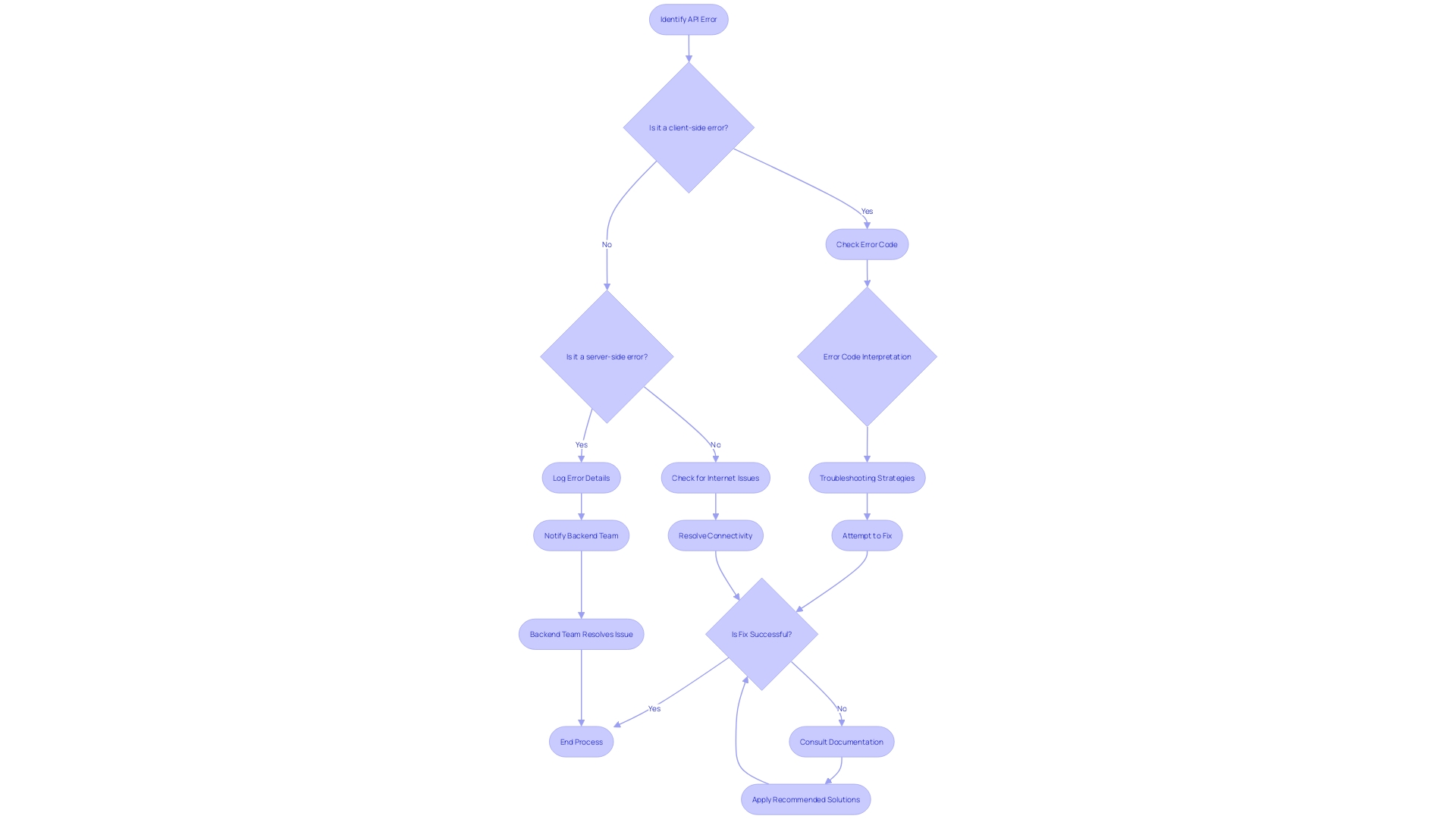
Security and Authentication
In the digital landscape, Application Programming Interfaces (APIs) serve as the bedrock for facilitating seamless data exchange between diverse software applications. However, this critical role also exposes APIs to potential security breaches, emphasizing the need for a dedicated 'Security and Authentication' section in API documentation. This section should be a comprehensive guide on authenticating API requests, employing secure communication protocols like HTTPS, and safeguarding sensitive data, both in transit and at rest.
Considering that APIs can be internet-facing and often handle personal or financial information, it's vital for developers to have clear, step-by-step instructions on implementing security measures.
With the average organization utilizing around 20,000 APIs, the task of securing them is both intricate and imperative. A study by Vanson Bourne revealed that 93% of organizations deem APIs integral to their operations. The same research underscores the synergy between APIs and microservices, with 97% of respondents acknowledging their complementary nature, leading to enhanced performance and customer satisfaction.
These statistics highlight the importance of robust API security practices in protecting the visibility of key data assets.
A compelling 'Security and Authentication' section should distill the essence of API security practices, reflecting on the gravity of potential risks such as Personally Identifiable Information (PII) theft. The Open Worldwide Application Security Project (OWASP) annually lists the Top 10 API Security Risks, providing a framework for the types of security threats developers must guard against.
As cyber threats evolve, so does the focus on API security. A report from Salts Labs indicates a significant increase in API-related security incidents, with 78% of cybersecurity teams experiencing such incidents in the past year. This underscores the urgency for developers to prioritize API security, ensuring the integrity of the digital ecosystem they support.
By equipping developers with the knowledge and tools to secure APIs against unauthorized access and data breaches, this section of the documentation acts as a critical line of defense. It facilitates not just the secure operation of APIs but also the protection of the sensitive data they manage, thereby maintaining the trust of end users and the reputation of businesses in the ever-expanding digital domain.
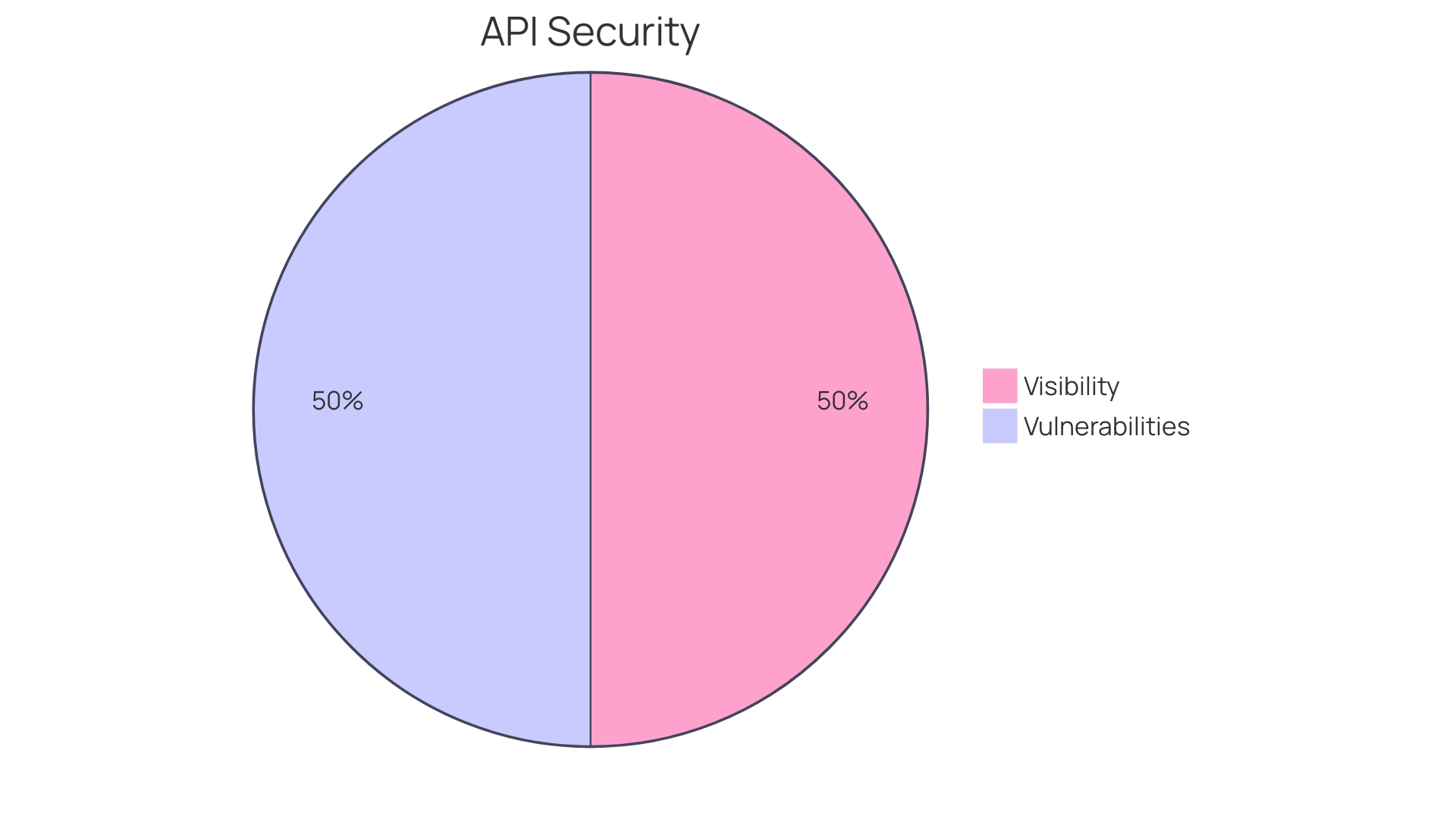
Examples and Use Cases
The 'Examples and Use Cases' section of API documentation is not merely a collection of code snippets; it's a treasure trove of real-world applications that demonstrate the transformative power of the API in action. It's crucial to present these examples in a manner that not only informs but also inspires developers. By taking a cue from Traffic Builders' approach, which involves clear communication of measurable results and outside-the-box thinking, we can illustrate how the API's features solve specific challenges.
For instance, in the healthcare sector, as illustrated by the Digital Service Team's process, there's an emphasis on ensuring the technology being requested is secure, appropriate, and compliant with necessary approvals. Showcasing how the API addresses these concerns through detailed use cases can significantly aid clinicians looking to integrate new digital solutions.
Moreover, by adopting the storytelling technique used by social tech entrepreneur Shiran Mlamdovsky Somech to raise awareness for domestic violence, we can animate the potential of APIs beyond mere functionality, highlighting their impact on social issues.
Flexport's container info API offers a prime example of an API in the freight and logistics industry. It provides essential real-time data on container locations, contents, and destinations, thereby enhancing efficiency and cost-effectiveness. By including similar examples, developers can grasp the practical benefits of integrating the API into their systems.
To further enrich the 'Examples and Use Cases' section, it's essential to incorporate the following core elements:
- API-First Development Concepts: Explain how APIs are the diplomatic channels between software applications, enabling seamless data retrieval and operations.
- Value Proposition: Clarify why APIs are integral to the business model and how they delight customers.
- Educational Examples: Use case studies, like the application of APIs in the NHS for technology requests, to provide actionable insights.
- Real-time Data Access: Highlight APIs like Flexport's container info API, demonstrating the efficiency gains from real-time data.
By weaving in these details, we paint a comprehensive picture of how the API can be leveraged, thereby not only informing developers but also sparking their creativity and guiding them towards successful implementation.
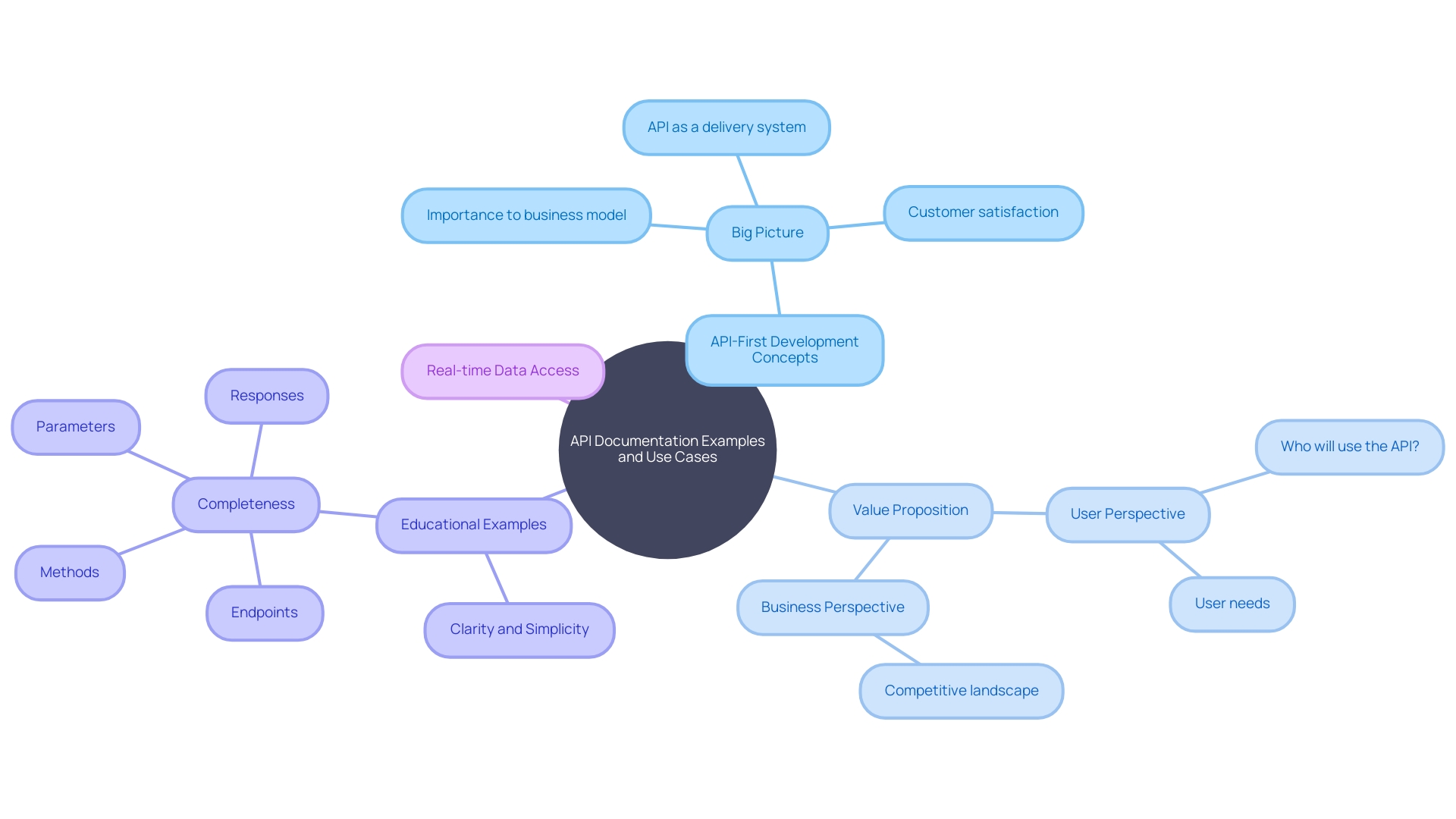
Best Practices for API Documentation
Crafting high-quality API documentation is akin to providing a user manual for a complex device, with the goal of enabling users to effectively interact with software. This requires more than just technical descriptions; it demands clarity, simplicity, and a commitment to keeping the user's needs at the forefront. As suggested by experts like Jason Harmon, CTO of Stoplight, a good API documentation should serve as a comprehensive guide that covers all aspects of the API, including endpoints, methods, parameters, and possible responses.
Additionally, Infobip's API reference sets an example by including links to concepts for beginner developers, making sure that any complex terms are clearly explained or linked to additional resources. Harmon emphasizes the importance of logical sequence and the inclusion of real-life examples to aid understanding. To ensure the documentation remains current and informative, API status and error codes should be treated as part of the documentation, kept up-to-date, and maintained regularly.
Following these guidelines will turn documentation into an invaluable resource for users, empowering them to leverage the API to its full potential.
Clear and Concise Writing
To craft API documentation that is both informative and easy to digest, it's crucial to adhere to principles of clarity and simplicity. The core objective is to deliver information in a manner that is accessible to a broad audience, including those for whom English is not the first language. Avoiding complex jargon and opting for simpler words can significantly enhance understanding.
Additionally, it's beneficial to structure your content sequentially, ensuring that each section builds upon the last and answers potential reader questions along the way.
Including practical examples can serve as a powerful tool to illuminate concepts. These examples act as virtual guides, akin to explaining the API to someone sitting beside you. A well-organized documentation should be sectioned into digestible parts, each with subheadings and concise descriptions.
Utilizing lists and bullet points can make key information stand out, facilitating quick reference for users. Above all, maintaining a logical content flow from the fundamental to the more advanced topics is essential for an educational and user-friendly experience.
Reflect on the purpose your API serves in the marketplace; a compelling narrative addressing a specific need can captivate potential users. By presenting a clear starting point and demonstrating immediate value, you can streamline the onboarding process for newcomers. The importance of semantics extends beyond mere headings and body text—it's about creating a coherent narrative that seamlessly integrates into users' workflows.
This often-overlooked aspect of documentation is critical for reaching and engaging a diverse user base. Embracing these strategies will not only clarify your API's utility but also simplify the integration process for developers, ultimately leading to a more efficient and productive use of your API.
Use of Code Examples and Snippets
To ensure API documentation is both useful and engaging, incorporating code examples is a must. These examples should serve as clear, actionable guidance for developers, showcasing practical use cases and highlighting how to interact with the API effectively.
-
Organize Your Documentation: Start by structuring your documentation into digestible sections, utilizing subheadings and concise descriptions. This allows developers to navigate information quickly, without unnecessary searching.
-
Showcase Practical Examples: Provide users with code examples that demonstrate the API's behavior, as such examples can validate expected functionality or uncover issues. Without access to white-box information or formal specifications, black-box approaches, like the one proposed by Gerdes et al., can still generate valuable examples.
-
Highlight the Benefits: A crucial aspect of your documentation is the initial overview, which should promptly inform potential users about the API's capabilities. By focusing on the benefits and addressing market needs, you entice users to explore further.
-
Detail the Onboarding Process: Clear documentation should guide users seamlessly from discovery to implementation. Consider their needs and experiences, allowing them to quickly grasp how to integrate your API into their workflows.
-
Use Effective Formatting: Make your documentation reader-friendly with proper formatting and syntax highlighting. This not only improves readability but also helps users understand each code segment.
-
Consider API-as-a-Service (APIaaS): As businesses strive for integrated ecosystems, the concept of API-as-a-Service emerges as a way to streamline API development and management. While it offers improved efficiency and resource utilization, be aware of the associated challenges, such as control and security concerns.

Visual Aids and Diagrams
Understanding and implementing visual documentation in system design are crucial for conveying complex workflows and concepts effectively. This isn't just a cliché; indeed, a picture is worth a thousand words. By employing diagrams and flowcharts, developers and stakeholders can grasp the nuances of a system's structure and behavior more intuitively.
Structural diagrams, as defined by the Unified Modeling Language (UML) standard, provide a static view of a system's architecture, showcasing the interrelations of objects and components. These diagrams are foundational in outlining the system's blueprint and guiding the technological requirements of a project. On the other hand, behavioral diagrams illustrate the dynamic aspects, such as processes and workflows, which are especially useful in understanding the sequence of operations and interactions within a system.
The significance of visual aids extends to their ability to clarify responsibilities, streamline processes, and identify potential inefficiencies. For example, workflow diagrams not only depict the steps in a business process but also highlight the roles involved, the sequence of actions, and the methodologies applied. Such visual representations can pinpoint redundancies and bottlenecks, paving the way for optimization and improved efficiency.
Moreover, recent research has highlighted the gap between the theoretical understanding of software visualization and its practical application. Despite their proven benefits in enhancing communication, comprehension, and memory retention, visual aids are underutilized in technical onboarding due to a lack of awareness of their potential. In medical communication, visual aids have shown to significantly impact patient recall, comprehension, and satisfaction, particularly among those with lower health literacy.
This underlines the wider applicability and effectiveness of visual tools across various fields.
In conclusion, integrating clear, well-labeled, and visually appealing diagrams and flowcharts into API documentation and other technical materials can lead to a more profound understanding and better communication of complex information, ultimately contributing to increased productivity and clearer articulation of system design.
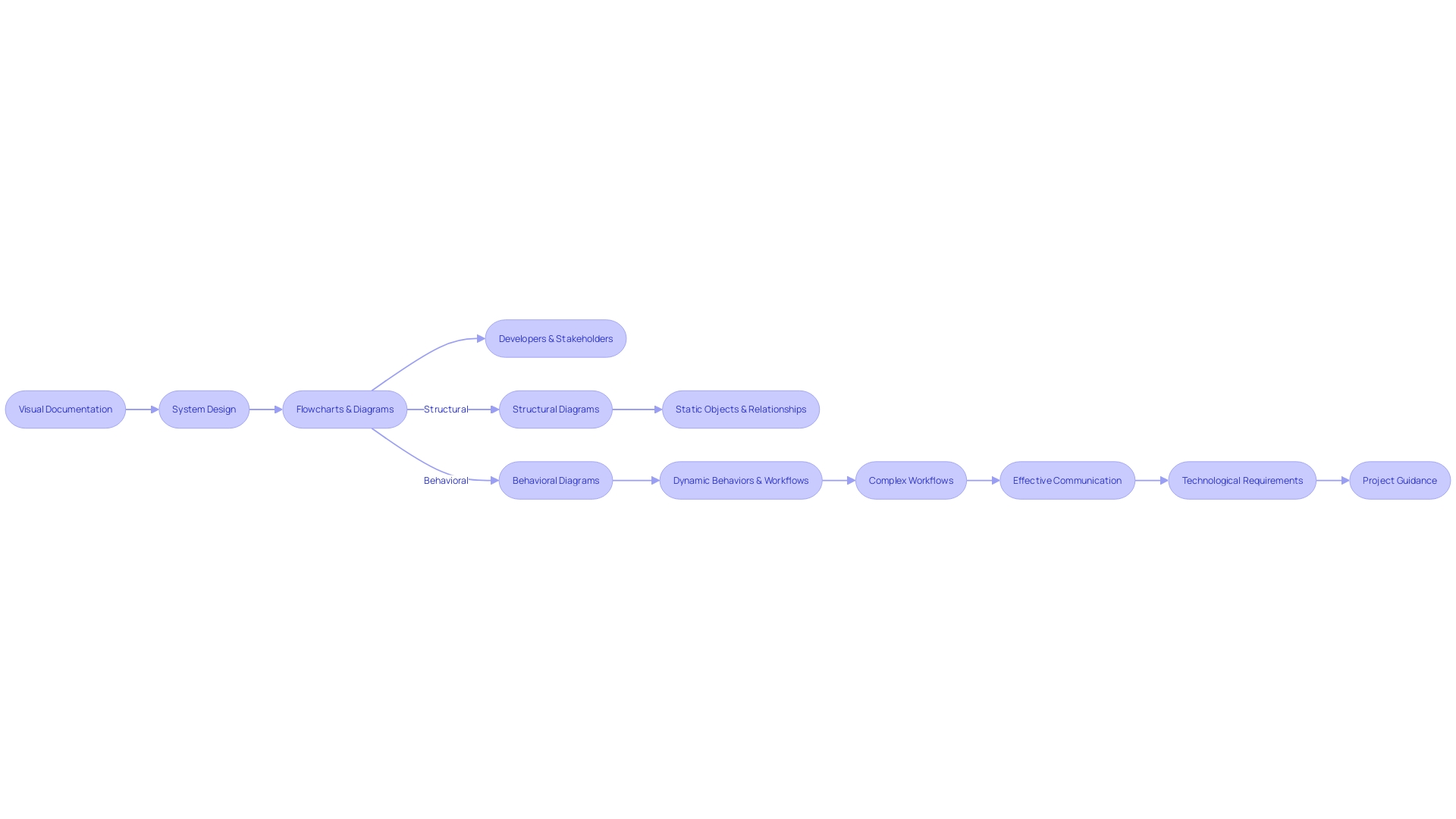
Versioning and Change Logs
Understanding the evolution of software is paramount for developers and businesses alike. As software adapts to new business needs and regulatory changes, API versioning becomes an essential practice to manage updates without disrupting the existing user experience. To ensure that users can seamlessly integrate and continue using services, a clear, structured change log is as vital as the versioning strategy itself.
A well-maintained change log not only communicates the changes effectively but also serves as a historical record, enabling developers to understand the progression of the API over time. Semantic versioning is a widely adopted method that helps in conveying the extent of changes in a new API version—be it a major overhaul, a minor improvement, or a patch fixing a bug. By adhering to semantic versioning principles, developers can set appropriate expectations and reduce the likelihood of integration issues.
Incorporating these practices is not just about technical necessity; it's a form of respect for the community of users who rely on your API. Companies like Microsoft and organizations such as SmartBear showcase their commitment to ethical practices and social responsibility by actively engaging with the developer community, providing comprehensive documentation and support.
The significance of APIs in today's digital landscape is underscored by statistics from Vanson Bourne's 2021 research, 'The State of APIs, Integration, and Microservices', which found 93% of organizations acknowledging the relevance of APIs to their operations. Furthermore, 97% agreed that APIs and microservices work better together, highlighting the importance of a coherent integration strategy.
Fundamental elements of good documentation include clarity, simplicity, and completeness, ensuring that all information from endpoints to response examples is easily accessible. Organizing this information effectively allows users to quickly find what they need, enhancing their ability to onboard and interact with your API. As one expert puts it, good documentation is the user manual for your API, enabling users to understand and utilize the API effectively.
By embracing these principles of API versioning and documentation, developers can foster a positive and productive relationship with their user base, driving customer satisfaction and operational efficiency.
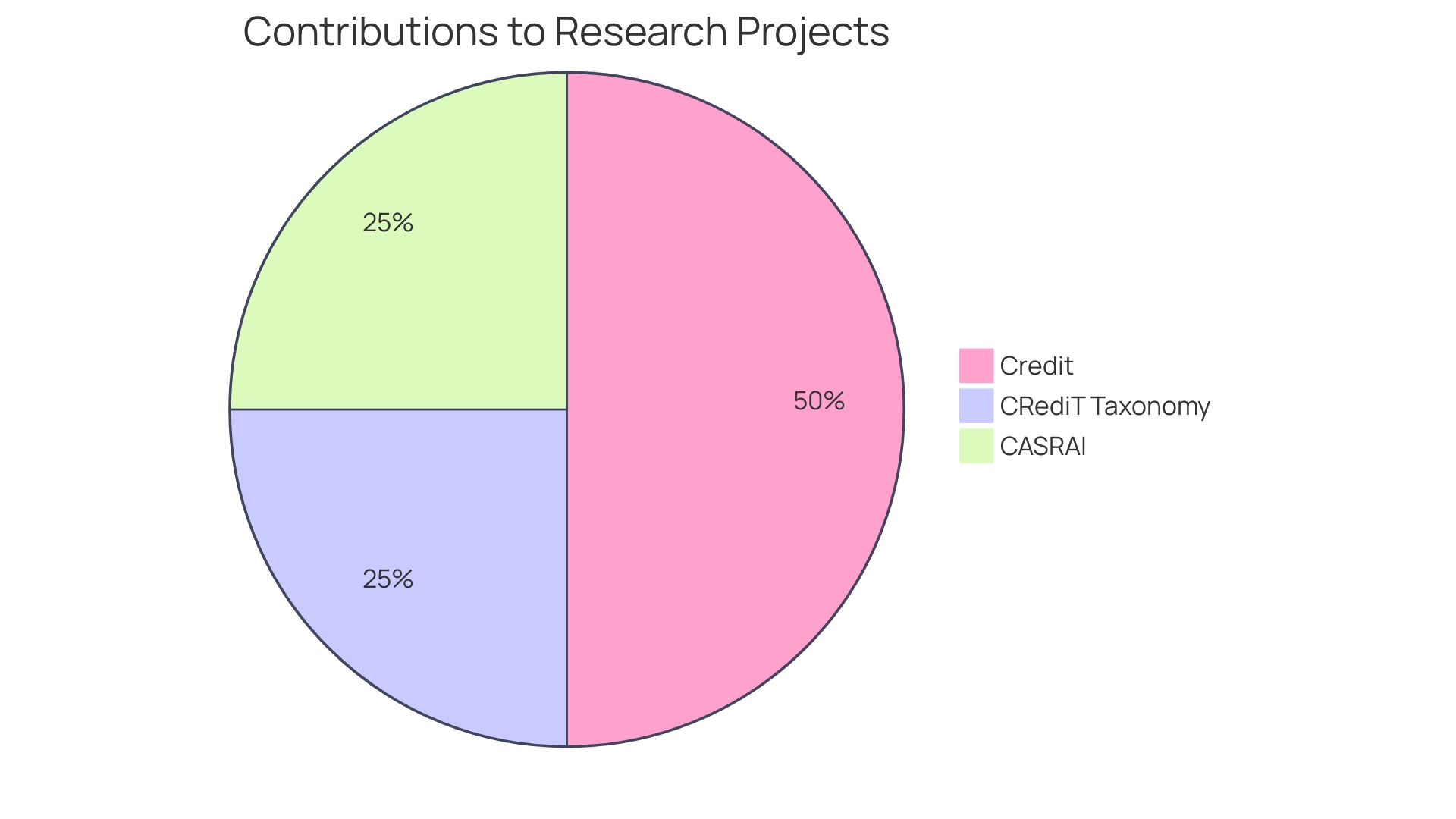
Feedback Mechanisms and Support Channels
Harnessing feedback mechanisms and support channels is crucial for enhancing user experience and refining product offerings. To effectively gather user insights, implementing surveys with a semantic differential scale can provide structured feedback. By crafting questions that are specific and concise, surveys can reveal valuable perspectives on product strengths and areas for improvement.
Moreover, utilizing social media listening tools to monitor brand mentions and comments can uncover real-time feedback from platforms like Twitter, Discord, and Telegram. This approach allows for the aggregation of unfiltered user opinions and can be an invaluable source of spontaneous and organic feedback.
Incorporating documentation comments also offers a direct line of communication for users to share their experiences. By paying close attention to these comments, organizations can engage with users' specific issues and provide targeted solutions.
Dedicated support channels serve as another pivotal touchpoint. By ensuring prompt and helpful responses, these channels reinforce the trust users place in the service and demonstrate a commitment to addressing their concerns. As evidenced by the innovative initiatives at De Montfort University, even with limited resources, it is possible to foster an active community around effective data management and support.
Feedback is not merely about gathering criticisms; it is an opportunity to engage in a constructive dialogue that drives product evolution. By following the STARR method (Situation, Task, Action, Result, and Reflection), organizations can establish a consistent feedback cycle that translates user input into actionable improvements.
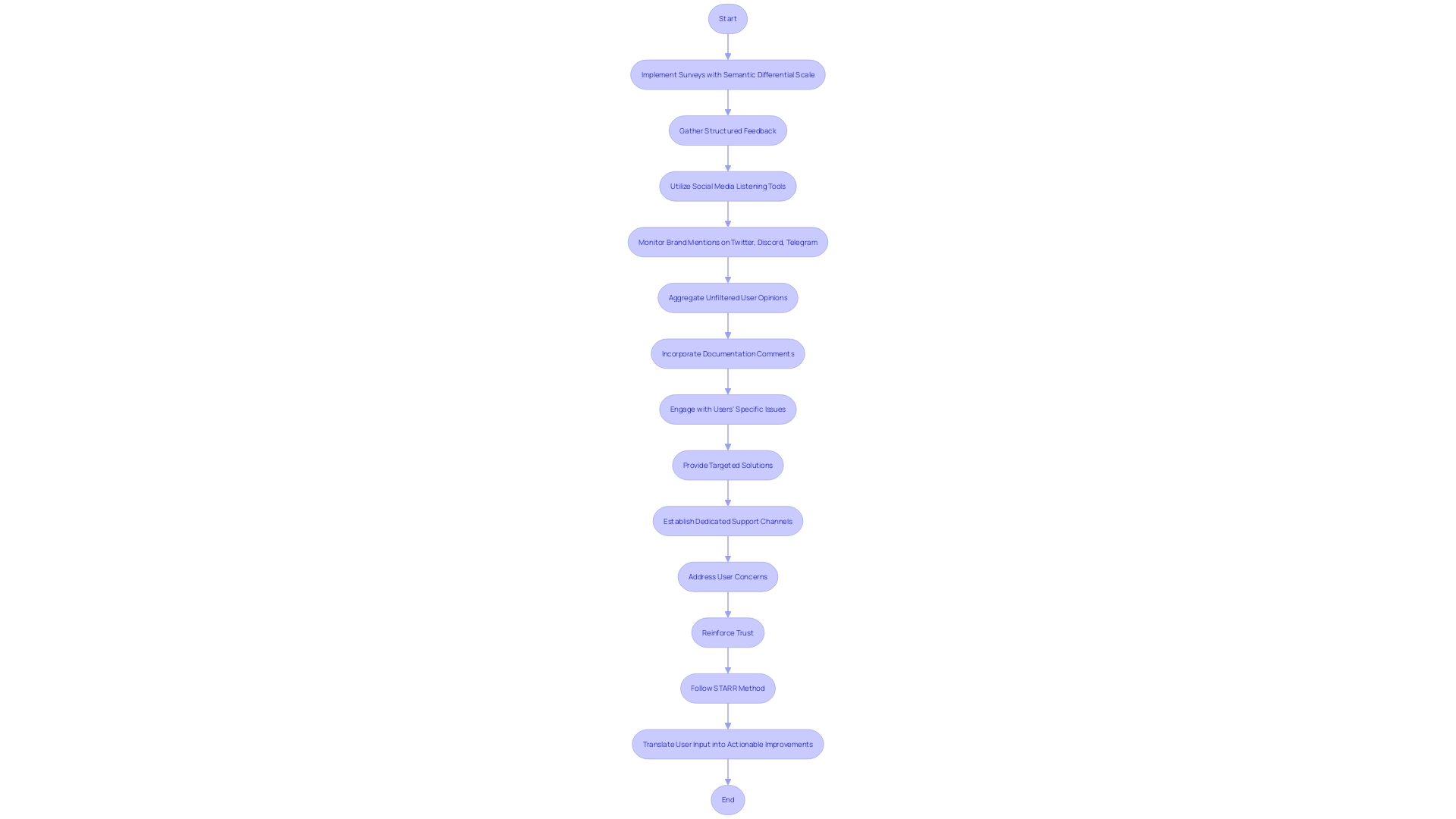
Adding Bullet Point Summaries and Instructions
To create API documentation that truly serves its purpose, it is essential to focus on clarity, simplicity, and organization. Start by structuring your content into digestible sections, each with a clear heading that encapsulates the content within.
For instance, a method like sum inherently conveys its purpose, aligning with the principle that names should be consistent with their general concepts. Similarly, when documenting your API, ensure that the method names, comments, and documentation are intuitively aligned with the functionality they represent.
-
Clarity and Simplicity: Write with straightforward language and avoid unnecessary jargon. When technical terms are essential, provide definitions to make the content accessible to both seasoned developers and those new to the project.
-
Completeness: Cover all necessary details including endpoints, methods, parameters, and expected responses. This ensures that users have all the information at their disposal to effectively integrate and use the API.
Use bullet points to summarize key information and provide step-by-step instructions where appropriate. This approach not only aids in quick reference but also supports the logical flow of content, building from basic to more complex information.
To ensure your documentation is perceived as a reliable source of truth, consider the logical progression of your content. Each section should naturally lead to the next, with no abrupt transitions or gaps. When drafting, continually ask yourself what questions you're answering and whether a real-life example could elucidate a concept more clearly.
Remember, the goal is to create documentation that acts as a comprehensive guide, facilitating understanding, implementation, and troubleshooting for users and developers alike. By breaking down the information in this manner, you empower users to find exactly what they need, efficiently and effectively.

Supporting Evidence and References
Crafting API documentation is akin to writing a comprehensive user manual for a complex device; it's a roadmap for developers to navigate the intricacies of your API. To make this roadmap clear and useful, breaking down the documentation into well-defined sections or chapters is crucial. Each section should tackle different facets of the API, using subheadings and succinct descriptions to shepherd users through the necessary information.
For instance, employing bullet points can effectively distill key concepts or procedural steps.
When you tell the story of your API, remember to address the critical question on every potential user's mind: What does this API provide? Highlighting a market need that your API fills is an effective way to resonate with your audience, as it directly connects your API's functionality with user requirements. It's a strategy that not only introduces your API but also positions it as a solution to a real-world problem.
The first encounter a user has with your API documentation is pivotal; it should immediately convey how to begin engaging with your offerings. A well-crafted introduction serves as the initial handshake, welcoming users and guiding them to the onboarding process swiftly. This ensures a smooth first experience, encouraging further exploration and use.
Incorporating case studies and user testimonials adds another layer of authority and practicality, illustrating your API in action and the benefits it delivers. The user testimonials, particularly, are potent as they echo the customer-centric perspective advocated by Peter Drucker, who famously said, "Quality in a product or service is not what the supplier puts in. It is what the customer gets out."
Reflecting on the experiences of software developers in the telehealth sector, APIs are utilized as key components in a larger ecosystem of services. From enhancing pre-visit preparations to facilitating real-time access to information during consultations, APIs serve as pivotal elements that streamline processes and improve care outcomes.
In the domain of API documentation, it's also paramount to consider the clarity of error messages. They are a direct line of communication with users and should be leveraged to convey informative, well-maintained messages that aid in troubleshooting. This attention to detail in error messaging can greatly enhance the user's experience, ensuring that any hiccups encountered are addressed efficiently.
Ultimately, the goal is to create API documentation that is not only informative but also engaging, serving as a valuable asset for developers to leverage your API to its fullest potential.
Final Tips and Next Steps
Crafting API documentation is akin to building a detailed user manual for your software's communication tools. It's essential to break down the documentation into digestible sections, starting with an overview that captivates potential users by clearly explaining what your API can do for them. Use subheadings and structured lists to navigate users through the intricacies of your API, from authentication methods to error codes, thus ensuring they garner the full benefits of your tool.
To create a truly informative and user-friendly API documentation, keep the following key elements in mind:
- Organization: Separate your documentation into clear sections or chapters, each one focusing on a distinct aspect of your API. Logical flow is crucial, so begin with fundamental concepts and build from there.
- Clarity: Within each section, utilize subheadings, bullet points, and numbered lists to articulate key information. Aim to simplify the complex, making your documentation accessible to beginners and experienced developers alike.
- Engagement: Think about your audience as personas with varying levels of expertise. Provide links to glossaries or tooltips for terms that may be unfamiliar to novices, and ensure that your error messages are informative and up-to-date.
- Relevance: Stay abreast of industry trends and innovations. For instance, consider the growth of distributed and federated API platforms and how they affect your documentation needs.
Remember, API documentation is not a static entity but a living document that requires regular updates and maintenance to stay current and useful. By adopting this approach, you'll be providing a resource that's not just a manual but a comprehensive guide to leveraging your API to its fullest potential.
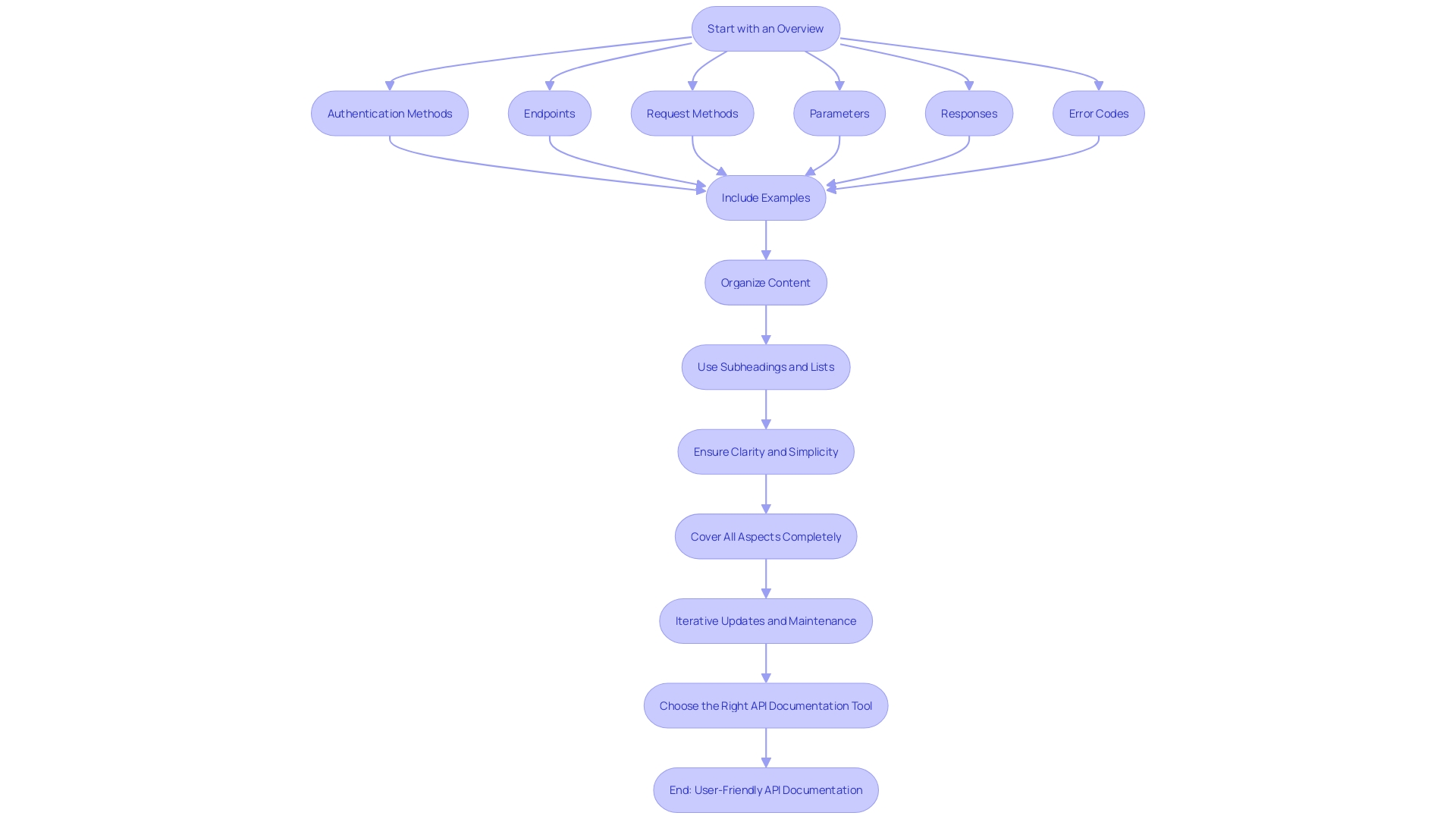
Conclusion
Crafting comprehensive and user-friendly API documentation is crucial for developers to effectively integrate and utilize APIs. The documentation should provide clear explanations, detailed information, and a logical flow of content. Organizing the documentation with subheadings and bullet points helps users quickly locate necessary details.
By following best practices and incorporating practical examples, API documentation becomes a trusted knowledge resource that empowers developers. It should cover important aspects such as security measures, error handling, versioning, and support channels.
To achieve maximum efficiency and productivity, API documentation should be structured, comprehensive, and engaging. It should include a clear overview that highlights the benefits of the API. Practical examples and use cases demonstrate real-world applications and inspire developers.
Clarity and simplicity are key in API documentation writing. Avoiding technical jargon and using simpler language enhances understanding. The documentation should be organized with concise descriptions, bullet points, and lists.
Regular updates and maintenance ensure the documentation remains relevant. Incorporating feedback mechanisms and support channels allows for continuous improvement and refinement.
By adhering to these best practices, API documentation becomes a valuable asset that guides developers through seamless integration and maximizes the potential of the API.
Frequently Asked Questions
What is API documentation and why is it important?
API documentation acts like a user manual, explaining how to effectively use and integrate an API. It is crucial because it guides developers through endpoints, methods, parameters, and responses, ensuring they can fully utilize the API's capabilities.
How is effective API documentation characterized?
Effective API documentation is marked by clarity, simplicity, and completeness. It should make even complex concepts accessible, be logically structured, and provide comprehensive information on using the API.
What are some key elements of good API documentation?
Key elements include a clear introduction, detailed descriptions of endpoints and methods, example use cases, troubleshooting guides for errors, security practices, and versioning information. Visual aids like flowcharts can also enhance understanding.
How should API documentation be structured?
Documentation should be organized into distinct sections with subheadings and bullet points, allowing users to easily find information. It should start with basic concepts and progress to more complex details in a logical flow.
Why should API documentation avoid technical jargon?
To ensure it is understandable to a wide range of users, from beginners to experienced developers. When technical terms are necessary, they should be clearly explained.
What is the role of titles and headings in API documentation?
Titles and headings are navigational aids that help users find information quickly and understand the content's structure. They should be clear and indicative of the content that follows.
How can API documentation encourage community contributions?
By being clear and organized, it can enhance user experience and invite developers to provide feedback, suggest improvements, or even contribute directly to the documentation.
Can API documentation include code examples?
Yes, code examples are an integral part of API documentation, as they illustrate how the API can be used in real-world scenarios and help developers understand how to implement it in their own projects.
What is the significance of error handling in API documentation?
Error handling sections are critical as they explain error codes and messages, providing users with strategies to troubleshoot and resolve issues that may arise during API use.
How does API documentation address security concerns?
A dedicated section on security and authentication should guide developers on secure practices, such as using HTTPS and protecting sensitive data, to prevent security breaches.
Why is it important to keep API documentation up-to-date?
Because APIs evolve over time, updating the documentation ensures that it remains relevant and useful, providing accurate information on the API's current functionalities and any changes made.
How can feedback be incorporated into API documentation?
Feedback mechanisms and support channels, such as surveys, social media listening, and documentation comments, can gather user insights and help improve the documentation and API itself.




